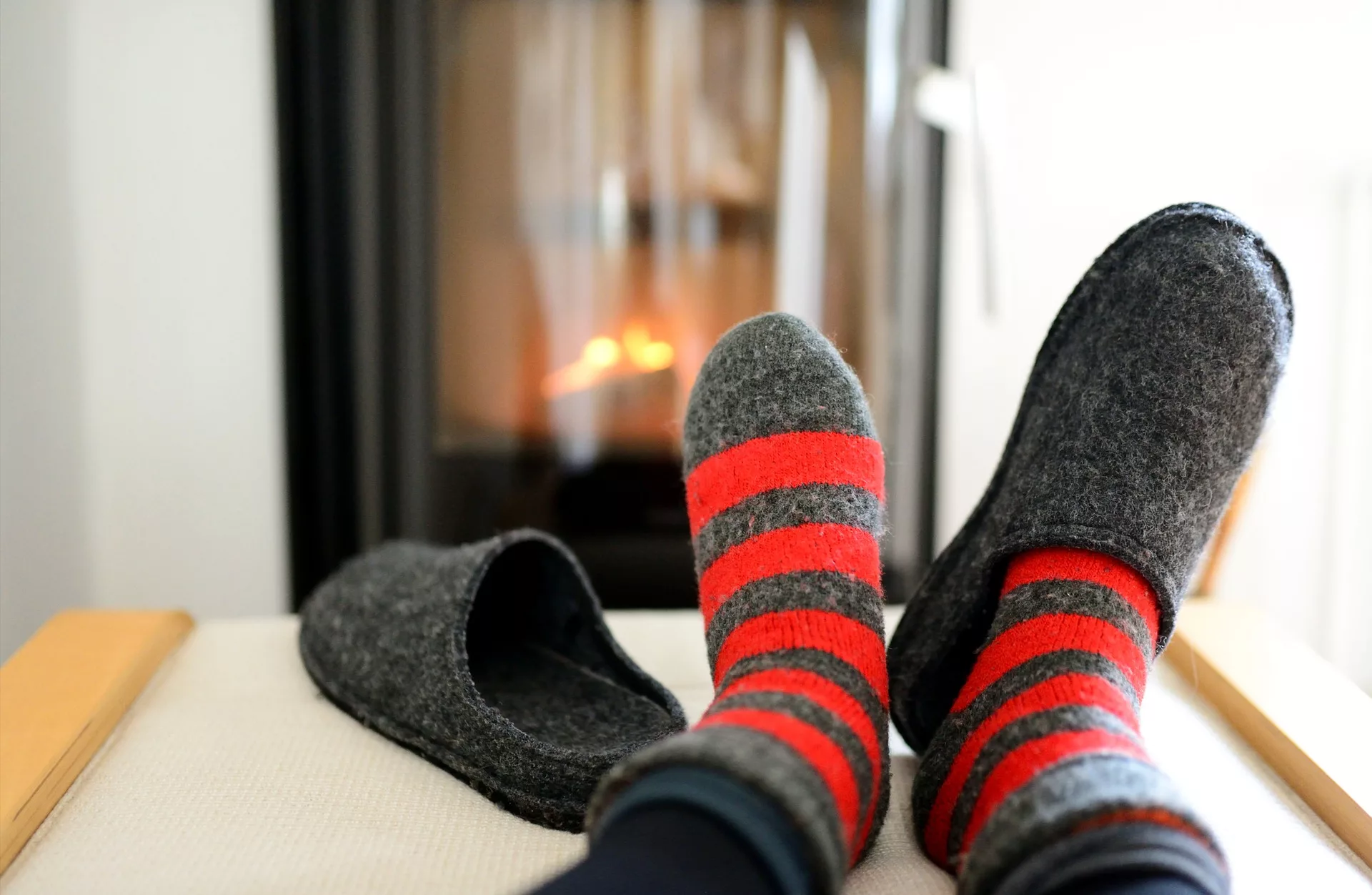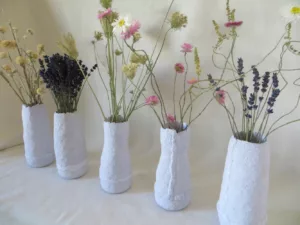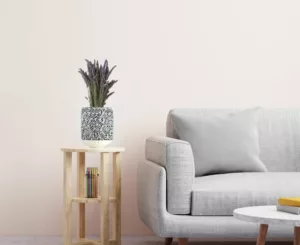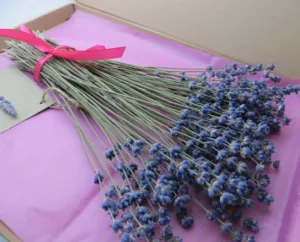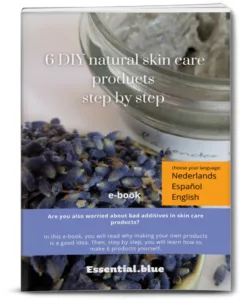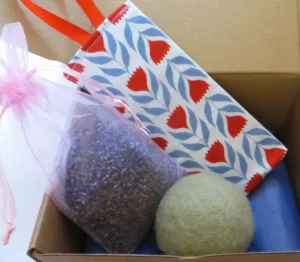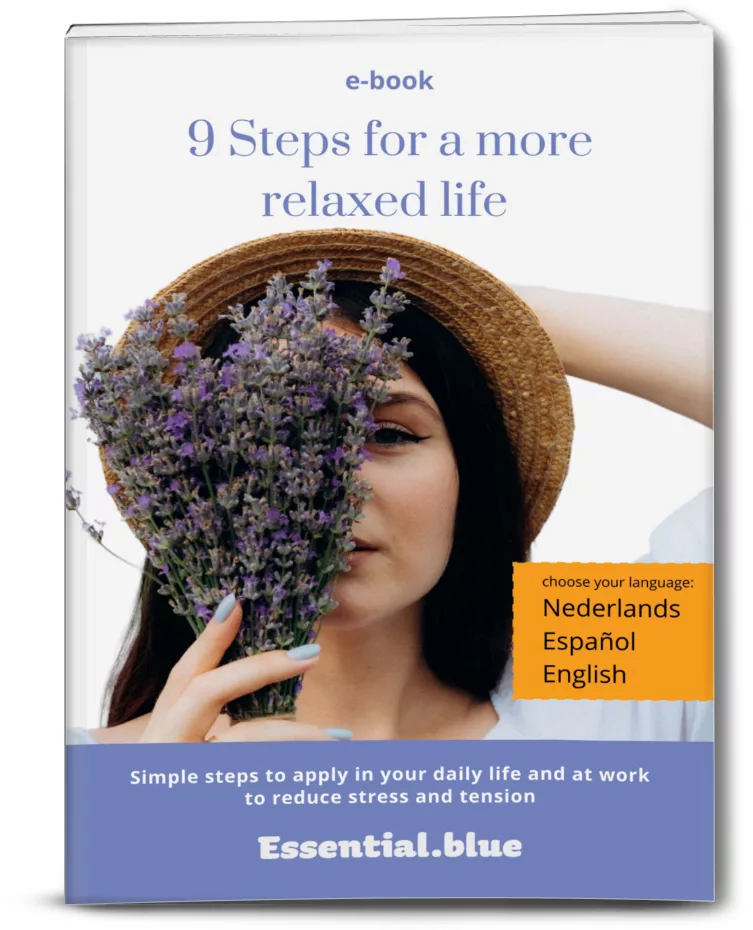Sustainable slippers that are warm. That is comfortable and good for the environment. Heating can just be a degree lower. But what actually do make slippers sustainable? I tell you why my local sheep’s wool slippers that I am about to produce, will be one of the most sustainable.
This is what makes slippers sustainable:
- They come from nearby, with as little transport as possible.
- There is no contribution to the plastic soup.
- The paint is natural in stead of chemical.
- Of course animal suffering is a no go.
- Sustainable slippers do last long.
- And they do contribute to the local economy.
The warmest slippers are made of wool. I know that from experience. My sheep’s wool slippers are the warmest I have ever had. Warm and comfortable. And they last a very long time.
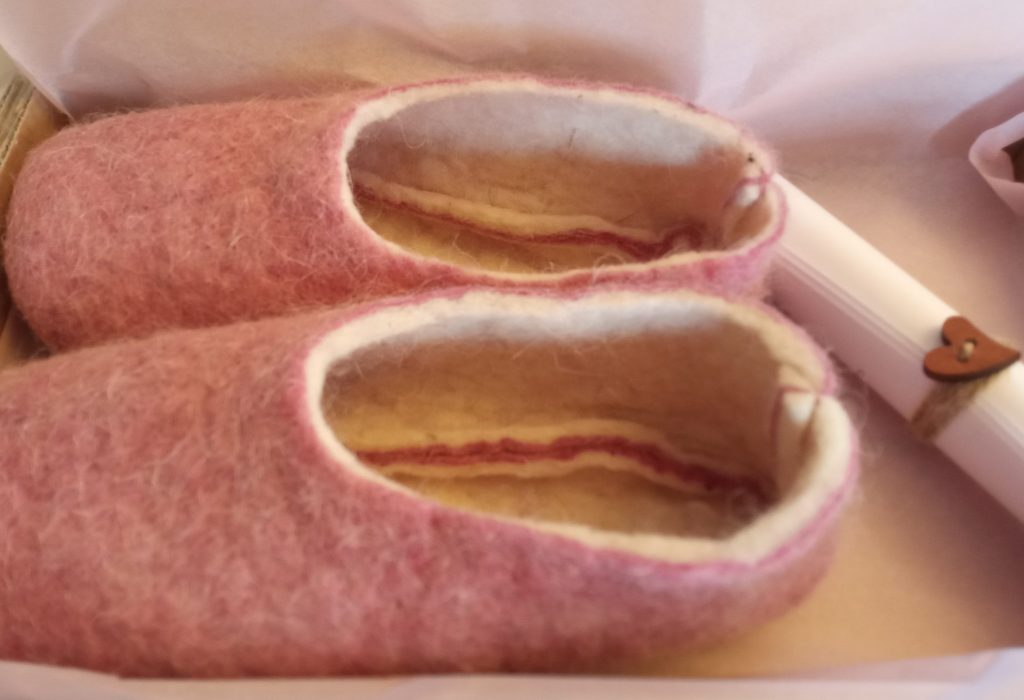
Wool slippers from far away are not sustainable
But sheep’s wool comes from far away. At least, if you live in Europe.
Most wool comes from Australia and China. The top 10 wool countries are all far away. Only the UK is closer, but wool production there is comparatively small. And if the wool comes from closer by, there is a chance that it has been processed in China anyway. That is a lot of transport kilometres.
Better is locally made slippers with wool from around the corner
There is something strange going on with sheep’s wool from nearby: sheep farmers cannot get rid of their wool. Shearing the sheep is more expensive than the price of wool. The price of wool has risen, but mainly for merino wool. The rest is considered to be more or less useless. But you really do not need merino wool for slippers. Even stronger: merino wool does not felt so well at all. Wool with a shorter hair is much better for this. Of course, the wool must be soft.
Wool that otherwise would be thrown away
Most of the wool in my mountains in Andalusia is thrown away. The shepherds simply do not know what to do with the wool. And meanwhile, we import sheep’s wool from far away. Isn’t that bizarre?
I have been trying to put the wool from the shepherds in the neighbourhood to use on a larger scale for a few years now.
I am finally going to felt sustainable slippers on a slightly larger scale
This year I am going to run a trial with purchased Spanish wool. I have had this wool manually dyed by an expert in sustainable dyeing. The wool comes from Spain and has been washed, sustainably dyed and carded in Spain. Now it is up to me in Spain to felt this wool and make slippers from it. The felting machine is ready. Natural latex goes under the sole. This makes the slipper non-slip and therefore it lasts longer.
I will keep you informed when they are on sale.
But sheep’s wool, isn’t that animal cruelty?
I am not in favour of the huge sheep industry in Australia or China. It is often bio-industry. The sheep here in the mountains help keep grass and shrubs short. This role is becoming increasingly important as climate change greatly increases the risk of fire. Those sheep are simply needed. My ambition, besides making nice, warm, comfortable and sustainable slippers out of wool that normaly is thrown away, is that the shepherd earns a little more, so he can take better care of his sheep. Nobody can be against that.

